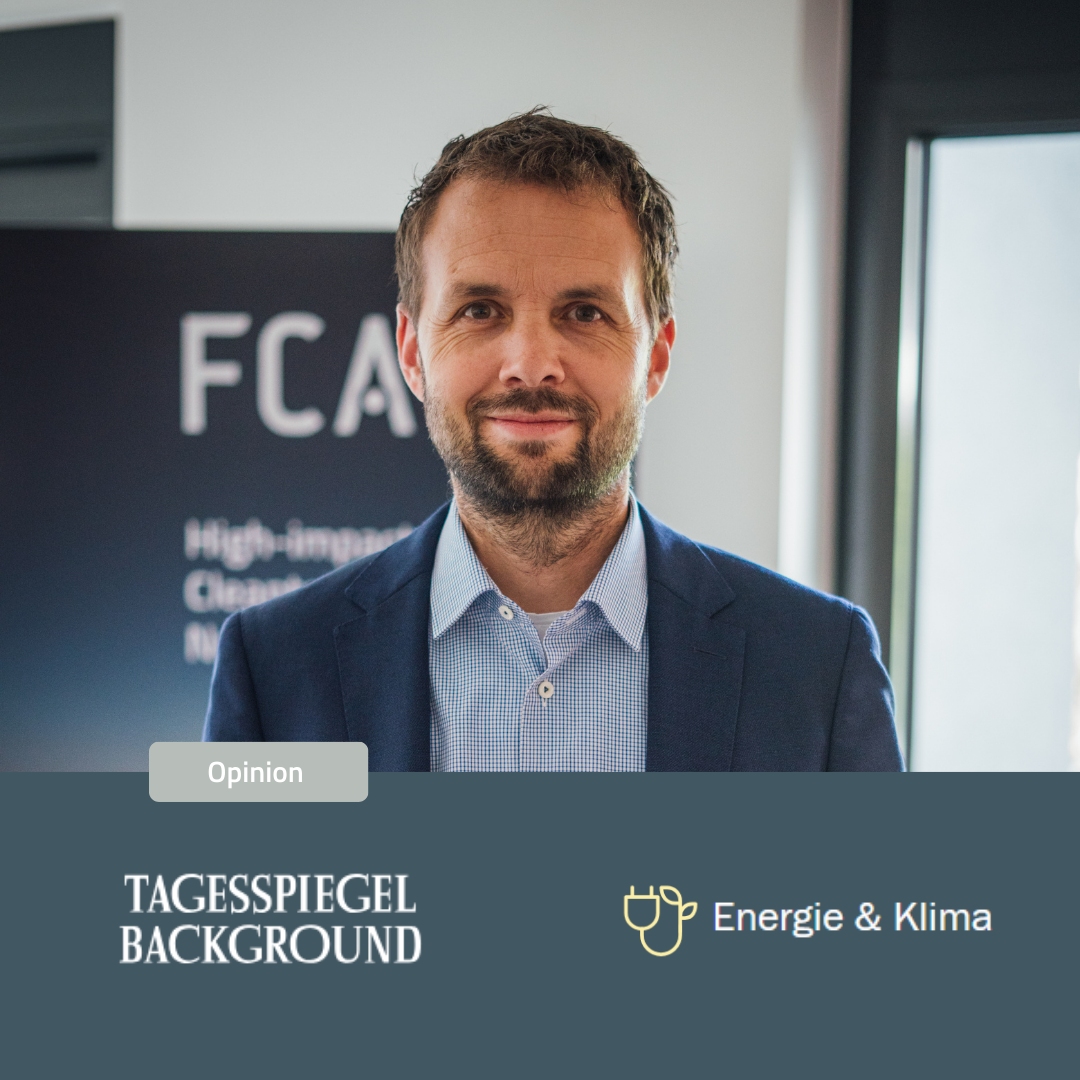Construction accounts for about 7% of Germany’s greenhouse gas emissions. Progress to reduce emissions from buildings has been limited, despite years of efforts to reduce them through better insulation and climate-friendly heating systems.
What’s more: The emissions that are generated even before any given building is heated and lived in – emissions that are associated with the load-bearing structure and the materials used in it like cement and steel – have been largely overlooked.
In an opinion piece in German daily Tagesspiegel, Future Cleantech Architect’s founder and CEO, Peter Schniering, argues that structural efficiency is an as yet underutilized tool to drive emissions reductions from buildings.
Structural efficiency describes the ratio between a theoretical minimum material requirement for a given structural performance, and the material actually used.
Neither standard sustainability certificates nor current regulations in Germany focus on the necessity of material consumption. There are no tools for calculating structural efficiency, and no market incentives to do so.
A standard for defining and calculating structural efficiency would change that, Peter Schniering argues. The opinion article also highlights the benefits from leveraging structural efficiency, including reduced costs, and lists what would be needed to develop such a standard.
Read the full-length story (in German) here!

